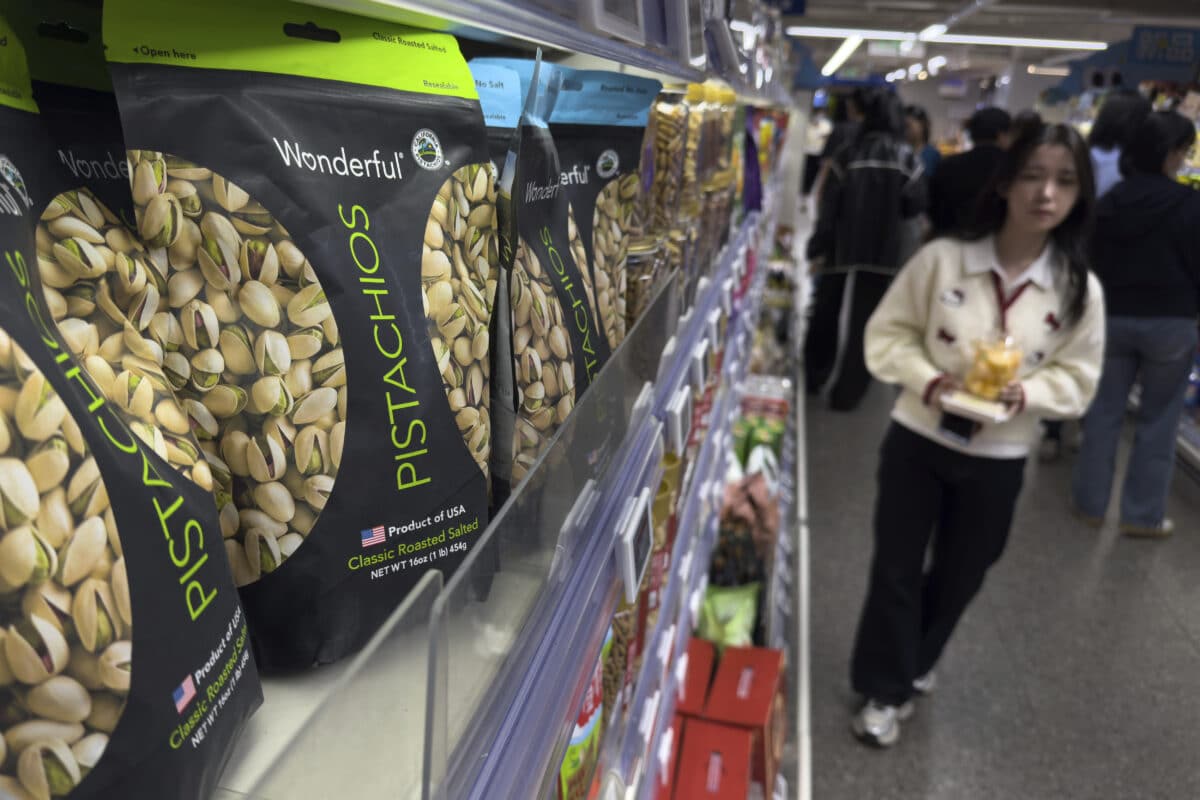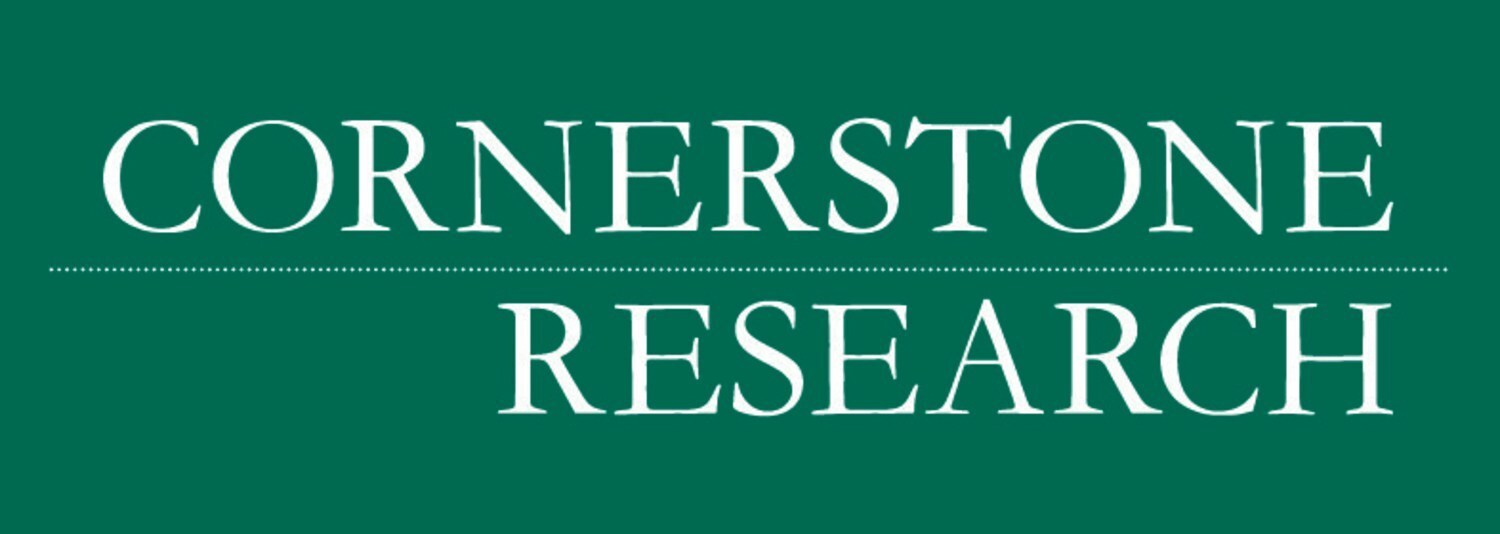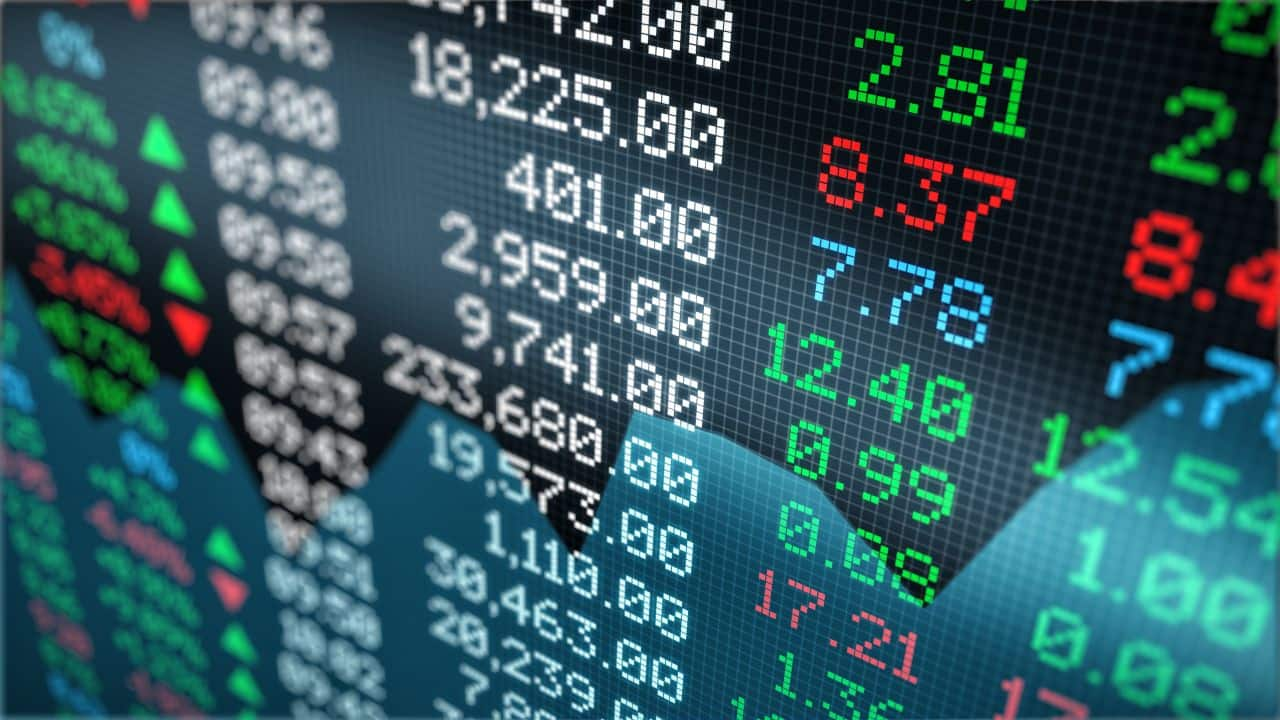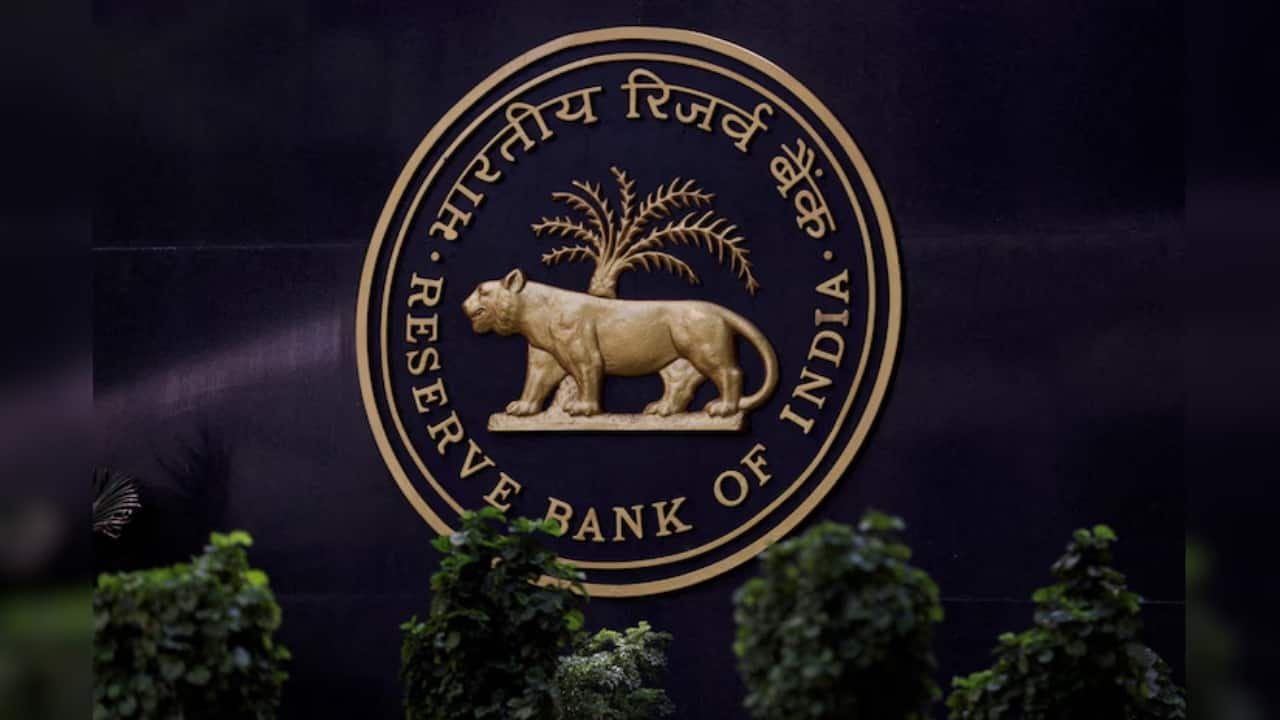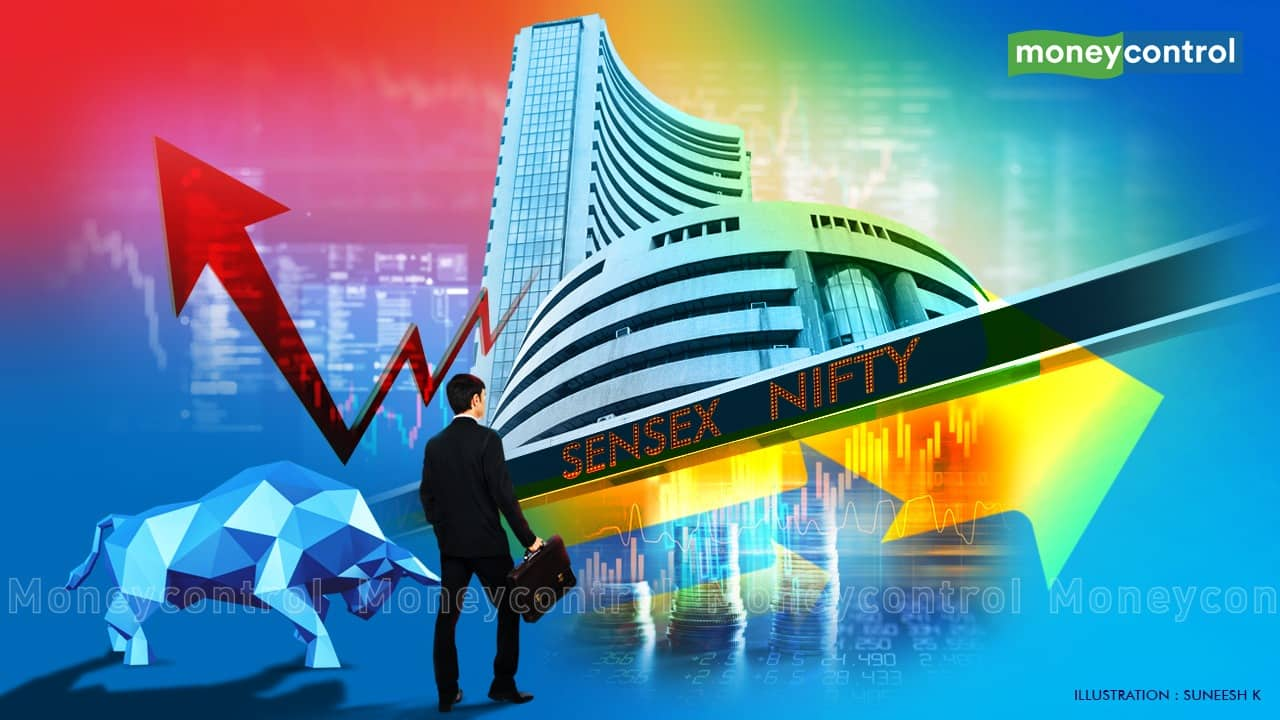A new investment route is opening up for Indians keen to invest in exchange-traded funds (ETFs) tracking global indices, but are exasperated by the higher prices they shell out now thanks to the limited availability of such funds in India. Stock exchanges in Gujarat's GIFT City have sounded out multiple Indian asset management companies (AMCs) to gauge their interest in introducing ETFs tracking major global indices in the US and China, three people aware of the matter said. If the AMCs indeed launch such products, Indian investors will able to buy them just like local stocks, and at a lower price than they pay for ETFs now.
"We have held a couple of discussions with them (exchanges) about launching ETFs which give access to global markets. Currently, these talks are preliminary in nature as we need to take a look at the back-end for these offerings," said an official at an AMC. Emails sent to exchanges NSE IX and India INX which operate in GIFT City, as well as GIFT City’s regulator International Financial Services Centres Authority (IFSCA) remained unanswered.

Mint could not identify the AMCs approached by the exchanges. Indians can freely buy ETFs tracking foreign indices such as Nasdaq or Dow Jones from broking platforms. However, a central bank rule prevents mutual funds from collectively buying foreign stocks above $7 billion, with a sub-limit of $1 billion for buying ETFs.
These limits were crossed three years ago, preventing MFs from buying more ETFs since then. This means the only such ETFs available for purchase are those from before 2022. The lack of new supply has increased the premium on such ETFs, and a new route holds the potential to access ETFs cheaper.
An ETF trades purely based on demand and supply dynamics; when investor demand exceeds supply, the ETF starts trading at a premium to the value of its underlying stocks. This means investors end up paying more than the actual value of the underlying stocks, making global market exposure expensive and inefficient. Under the central bank's so-called liberalized remittance scheme (LRS), Indians can invest a maximum of $250,000 abroad every year.
Since GIFT City is designed as an offshore finance hub within India, the LRS limit will apply to GIFT City investments as well. “Even though the US and China remain popular destinations, it will depend on the AMCs to decide which countries' ETFs to launch, depending on where they see demand," said one of the people cited above. The second person said that GIFT City exchanges are expected to launch not just global ETFs, but ETFs in gold and silver as well in the early part of FY26.
Currently, the GIFT City exchanges, NSE IX and India INX offer derivatives for the Nifty 50 index and Sensex 30 index, respectively. Besides, NSE IX offers unsponsored depository receipts (UDR) for 50 US stocks and is planning to launch 70 more, the third person said. UDRs are depository receipts initiated by a bank that purchases shares of a foreign company which then sells them to investors.
However, launching ETFs may be only a beginning. Key to ETF success “Liquidity in ETFs isn’t just about listing; it requires authorized participants and liquidity providers to offer two-way quotes on exchanges. Without them, ETFs can trade at significant premiums or discounts, impacting investor experience," said Vaibhav Shah, associate director and head of business strategy, products and international business at Mirae Asset Investment Managers.
"Launching ETFs for global markets is a good idea in the long run," said Pramod Gubbi, founder of Marcellus Investment Managers. However, he agreed that in the short run, there will be issues of liquidity and market-makers are needed to provide liquidity. “Even then, there has to be genuine demand from buyers.
If that ETF does not have genuine demand, then there could be gaps building up between the underlying asset value and the price of the ETF," Gubbi added. Experts said passive funds such as ETFs are a big opportunity to get offshore money into India and Indian money outside. Hence, providing a way for investors to do it will lead to the development of GIFT IFSC as a popular jurisdiction.
Meanwhile, wealthy investors can still access global markets via an Alternative Investment Fund (AIF) from GIFT City for a minimum ticket size of $50,000. This however, is not a direct alternative for an ETF as it will involve an active stock selection process rather than replicating an index. The higher entry barrier excludes retail investors.
Do they have an option? AMCs can launch a retail scheme to access global markets from GIFT IFSC, said Jay Kothari, senior vice-president of equities at DSP Mutual Fund. However, currently, there are no active retail schemes for outbound investments in GIFT City. Kothari added that it is a matter of time before AMCs start their respective retail schemes from GIFT City.
“AMCs were in a wait-and-watch mode to launch retail schemes as the clarity on tax came about in the last budget. Post-budget, this confusion was resolved, which said investors in a retail scheme in GIFT City will be taxed the same as an AIF in GIFT City," Kothari added..
Business

Looking for a Nasdaq ETF? GIFT City may be about to make it easy

Stock exchanges in Gujarat's GIFT City have sounded out multiple Indian asset management companies (AMCs) to gauge their interest in introducing ETFs tracking major global indices in the US and China, three people aware of the matter said.









